“ Want to learn more about planning an overnight hike from Budget Print Online ? Sign up for the free webinar on August 26th. ”
Online printing can be expensive but there are certain elements that you should be aware of and that will help to ensure that you get the quality you deserve at the right price. There are things to look out including the pricing and the delivery charges. Our buying printing online guide has our top tips and advice which is detailed below.
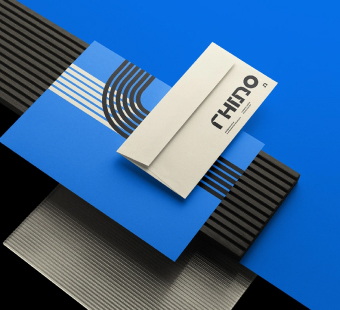
Consider your printing needs: Before you decide on the website you are going to use, it is important to check that it first meets your printing needs. Some companies will specialize in particular areas, others will be limited in what they can print, and others will offer a full range of services. You can check our Print services page to see what we offer. Be sure that the site you choose offers the services you require.
Print Quality and Pricing: If you are looking for top quality printing and affordable pricing, Print have you covered. Cheaper printing costs shouldn’t mean poor quality so before you place your order, be sure to do your homework. Check reviews and see what others are saying. Cheap might sound good, but poor quality printing can affect your business. You want to make the best impression you can.
Pages vs Leaf: Online printing businesses use a number of phrases and terms that you may not be familiar with. Will you require printing on single-sided pages or double-sided print? You will find that some printing companies use the term leaf for a single sheet of paper and page will refer to a side of the paper.
How To Make And Sell Merch For Creators
In today’s digital age, creators have more opportunities than ever to monetize their content and connect with their audience. One popular avenue for doing so is by creating and selling merchandise, often referred to as “merch.” Merchandise not only allows creators to generate additional income, but it also strengthens their brand and fosters a deeper sense of community among their fans. In this article, we’ll delve into the steps involved in making and selling merch for creators.
1. Understanding Your Audience and Brand
Before you start designing and selling merch, it’s crucial to have a clear understanding of your audience and brand. Who are your followers? What values and themes resonate with them? What type of merchandise would they be interested in? Understanding these aspects will help you tailor your merchandise offerings to your target audience’s preferences.
Additionally, your brand identity should shine through in your merchandise. Whether you’re a YouTuber, a podcaster, an artist, or a streamer, your merch should reflect the essence of your content and your personality. Consistency in branding fosters recognition and trust among your audience.
2. Designing Your Merchandise
The design of your merchandise is pivotal in attracting buyers and reinforcing your brand. It’s essential to create designs that are visually appealing, unique, and relevant to your content niche. Depending on your skills, you can either design the merchandise yourself or collaborate with artists and designers to bring your ideas to life.
Common types of merchandise include:
- Apparel: T-shirts, hoodies, hats, and other clothing items featuring your designs or catchphrases.
- Accessories: Items like phone cases, tote bags, mugs, and stickers.
- Digital Goods: Printable artwork, wallpapers, or even exclusive digital content for your supporters.
- Physical Products: If it aligns with your brand, consider items like posters, books, or roll-up banners.
3. Quality Matters
Quality is key when it comes to creating merchandise that your fans will be excited to own. High-quality materials ensure that your merchandise not only looks great but also stands the test of time. Whether it’s the fabric of a T-shirt or the print on a mug, subpar quality can lead to disappointed customers and tarnish your brand’s reputation.
4. Choosing a Production Method
Once you have your designs ready, you’ll need to choose a production method. There are several options available, each with its pros and cons:
- Print-on-Demand (POD): POD services allow you to upload your designs to a platform, and they handle everything from printing to shipping. This method is great for creators who want to minimize upfront costs and avoid holding inventory.
- Bulk Printing: If you anticipate high demand, bulk printing might be more cost-effective. However, it requires an upfront investment and storage space for the inventory.
- Local Print Shops: Working with local print shops gives you more control over the production process and allows for a more personal touch. However, it might not be as scalable as other methods.
5. Setting Prices
Determining the right pricing strategy is crucial for both attracting customers and ensuring profitability. Consider factors such as production and graphic costs, shipping fees, and the perceived value of your merchandise. While you want to offer competitive prices, don’t undervalue your creations. Your audience understands that quality merchandise comes at a cost.
6. Creating an Online Store
To sell your merchandise, you’ll need a platform to showcase and process orders. Setting up an online store is easier than ever thanks to e-commerce platforms like Shopify, WooCommerce, and BigCommerce. These platforms offer customizable templates, secure payment gateways, and inventory management tools to streamline your sales process.
Your online store should provide clear and detailed product descriptions, high-quality images of the merchandise, and an easy-to-navigate layout. This enhances the shopping experience and instills confidence in potential buyers.
7. Marketing and Promotion
Merchandise won’t sell itself. Effective marketing and promotion strategies are essential for driving traffic to your online store and converting visitors into customers. Leverage your existing social media platforms, mailing lists, and content channels to announce your merchandise launch. Engage your audience by sharing the story behind each design or offering limited-time discounts to create a sense of urgency.
Collaborations with fellow creators, hosting giveaways, and utilizing paid advertising are also effective ways to expand your reach and attract new customers.
8. Engaging with Your Community
Selling merchandise is not just about making money; it’s also an opportunity to foster a stronger connection with your community. Encourage your customers to share photos of themselves wearing or using your merchandise. Show appreciation by featuring their posts on your social media or even dedicating a section of your website to showcasing fan photos.
9. Handling Fulfillment and Customer Service
As orders start rolling in, it’s essential to have a smooth fulfillment process in place. If you’re using a POD service, they’ll handle the shipping for you. If you’re managing fulfillment yourself, ensure that you have a reliable shipping partner and a system to track orders.
Customer service is equally important. Respond promptly to customer inquiries, address any issues with professionalism, and maintain transparency throughout the process. Positive interactions can lead to repeat business and word-of-mouth recommendations.
10. Adapting and Evolving
The world of content creation and e-commerce is dynamic. Keep an eye on trends, gather feedback from your audience, and be willing to adapt and evolve your merchandise offerings. Launching new designs, experimenting with different products, and staying open to new ideas will keep your merchandise fresh and exciting for your audience.
In conclusion, creating and selling merchandise can be a rewarding endeavor for creators looking to engage with their audience on a deeper level and generate additional income. By understanding your audience, designing quality merchandise, selecting the right production method, setting appropriate prices, and effectively promoting your products, you can establish a successful merchandise line that not only reflects your brand but also resonates with your fans. Remember, it’s not just about selling products; it’s about building a community around your content and fostering a sense of belonging among your supporters.
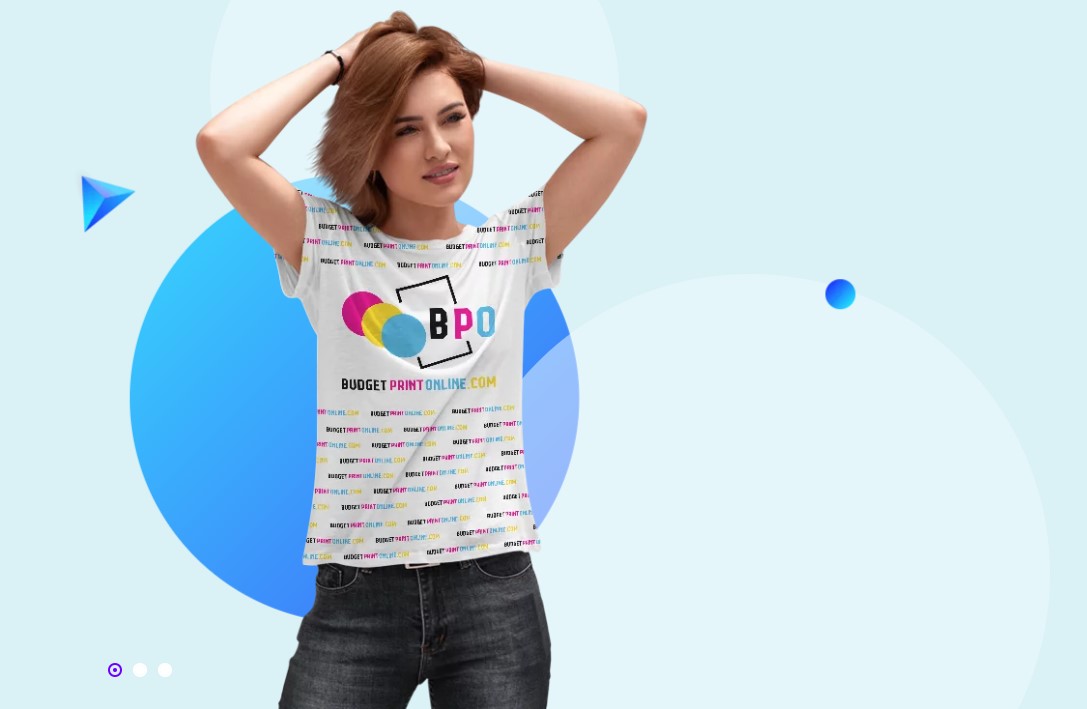
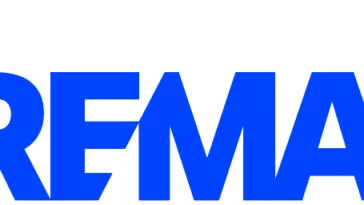
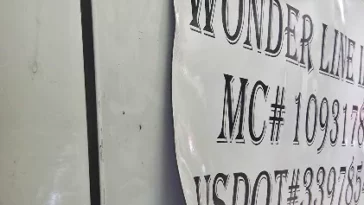
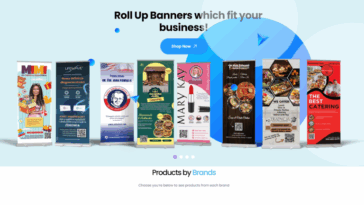
Comments (2)
Comments are closed.